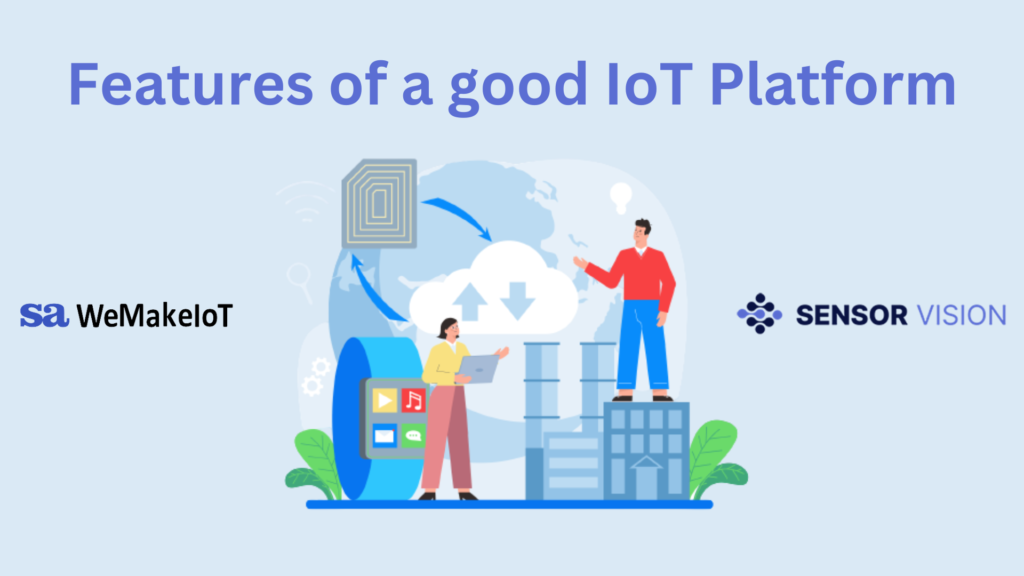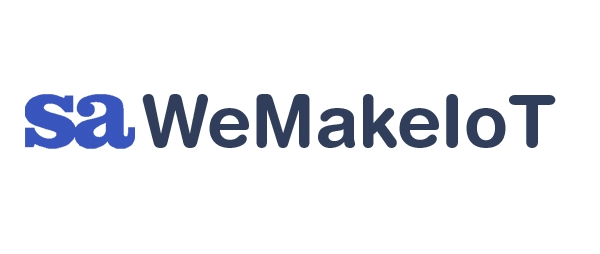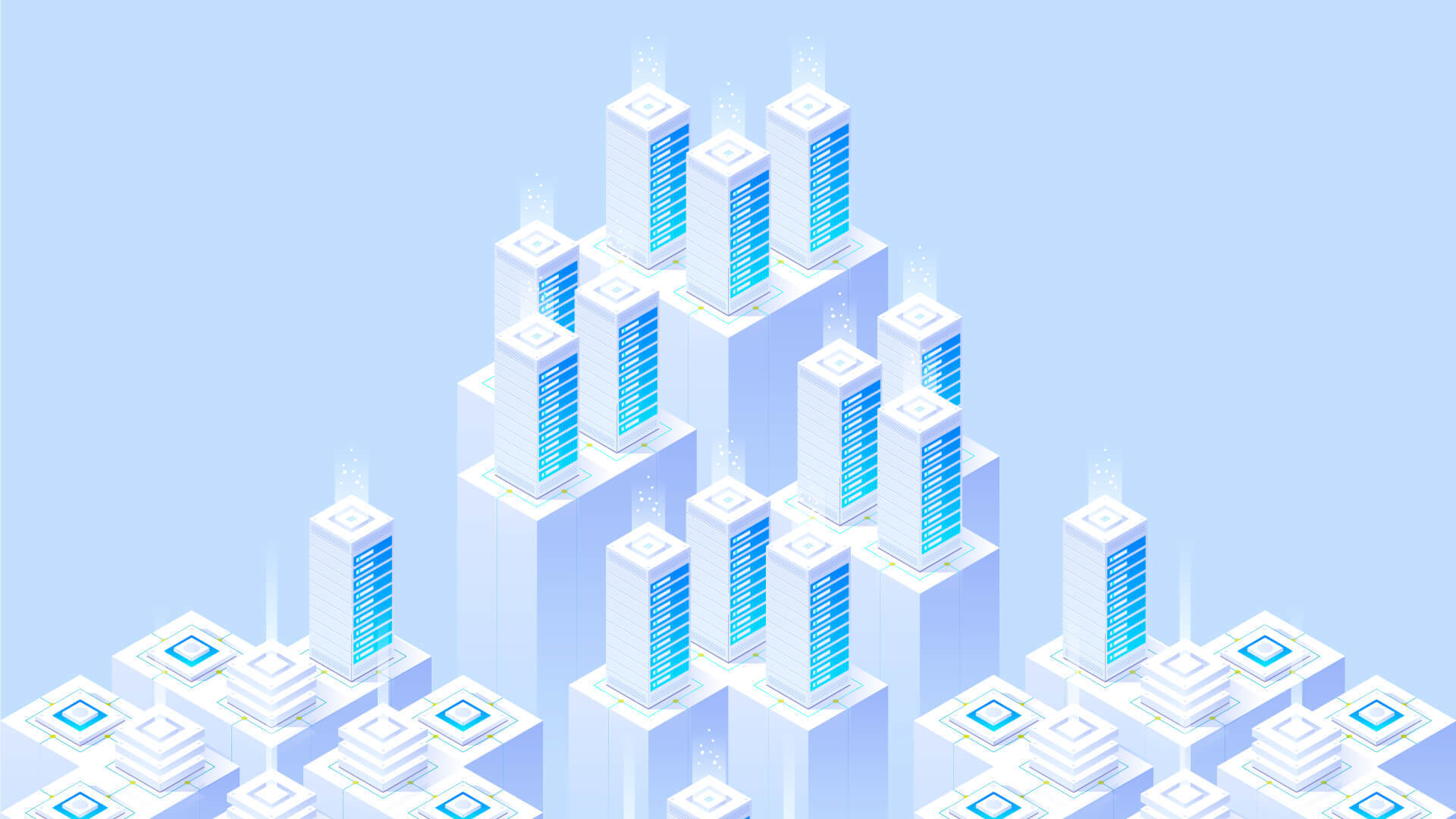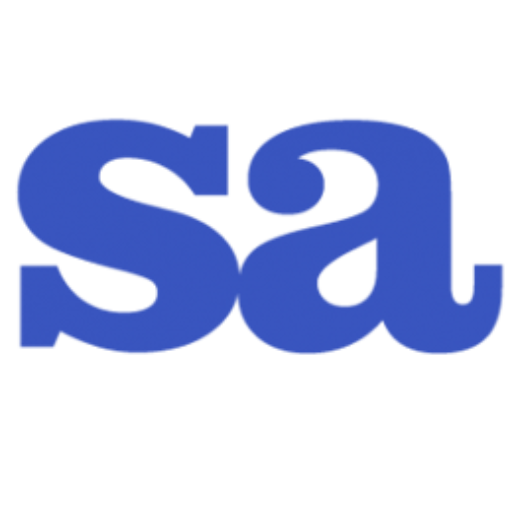
IoT platforms are crucial components of an IoT system, enabling the deployment and management of IoT devices and applications. The Internet of Things (IoT) has transformed the way businesses and individuals interact with technology. IoT platforms are designed to help users connect, manage, and control their IoT devices and data streams, providing a centralized hub for all their IoT needs.
However, not all IoT platforms are created equal, and choosing the right one can be a challenging task. To help you navigate this, we have put together the top 10 features of IoT Platform:
- Scalability is a key feature: As your IoT network grows, the platform should be able to handle a large number of devices and data streams without compromising on performance. A scalable platform ensures that the system remains reliable and performs optimally even as the user base grows.
- Security is crucial for an IoT platform, as it deals with sensitive data and devices. An IoT platform should have secure device-to-platform communication, secure data storage, and secure data access to ensure that data is protected against cyber threats.
- IoT platforms should be flexible enough to support a wide range of devices, communication protocols, and data formats. Flexibility ensures that the platform can handle various use cases and meet the unique needs of its users.
- Analytics is a key feature: The platform should offer powerful data analytics tools to help you make sense of the data generated by your IoT devices. This includes data visualization, machine learning, and predictive analytics.
- Integration is also important, as the platform should integrate easily with other enterprise systems, such as CRM, ERP, and supply chain management systems. This will help you leverage your IoT data to drive business decisions and gain a competitive advantage.
- Interoperability is also essential, allowing devices from different manufacturers and vendors to work together seamlessly. This will help you avoid vendor lock-in and ensure that your IoT network is future-proofed.
- Reliability is also critical, as the platform should be highly reliable and available, ensuring that you can access data and control your devices without interruption. This will help you avoid costly downtime and maintain business continuity.
- User-friendly interface is important for any IoT platform. The platform should have a user-friendly interface that is easy to use, even for non-technical users. This will help you get the most out of your IoT network without having to be an expert in the field.
- Real-time monitoring and alerts is also an essential feature of an IoT platform. The platform should offer real-time monitoring and alerts, notifying you of any issues with your devices or the platform itself. This will help you stay on top of any issues and ensure that your IoT network is always functioning at its best.
- Cost-effectiveness is also an important consideration when choosing an IoT platform. The platform should be cost-effective, offering value for money without compromising on features or performance. This will help you get the most out of your IoT investment without breaking the bank.
In conclusion, an IoT platform should be scalable, secure, interoperable, flexible, capable of real-time data processing, and provide valuable analytics and insights. It should also have a user-friendly interface, support remote device management, use a cloud-based infrastructure, and be compatible with industry standards. By incorporating these features, IoT platforms can meet the needs of their users and drive innovation in the IoT space.
SensorVision:
SensorVision is an IoT platform developed by WeMakeIoT which lets customers onboard and connect any IoT device. It is used for managing all the IoT entities in an application such as the users and devices, and the data generated.
If you are looking for a simple, easy to use, customizable IoT platform with all of the key features that a good IoT platform should have, checkout SensorVision.
Key Benefits:
- Easy to onboard customers, integrate devices and visualize data
- Well supported architecture frameworks
- Flexible to support custom implementations
- Different protocol support for 3rd party integrations
- Dedicated access for customers to manage their devices
- Real time monitoring and alerting
- Software-as-a-Service application



